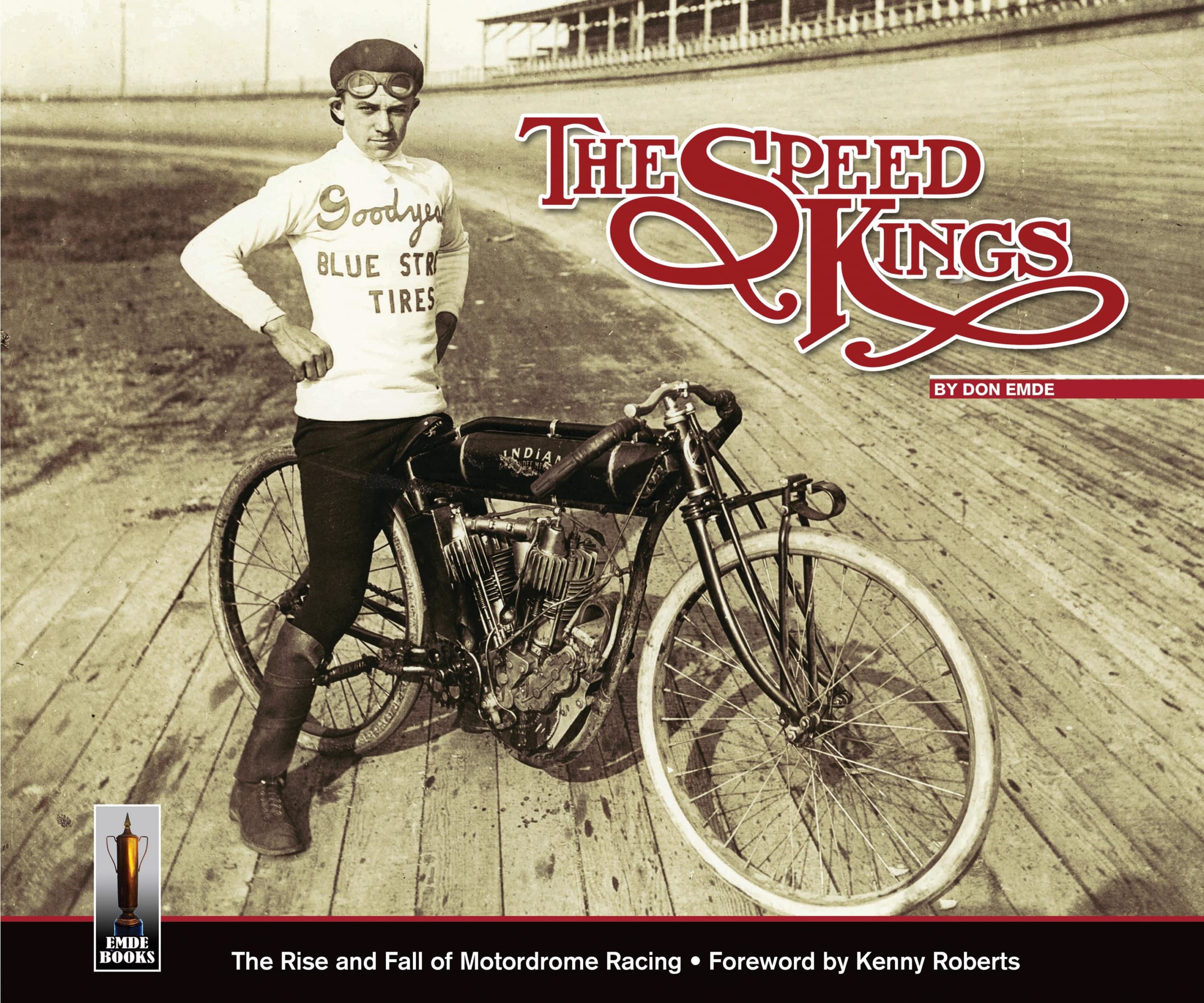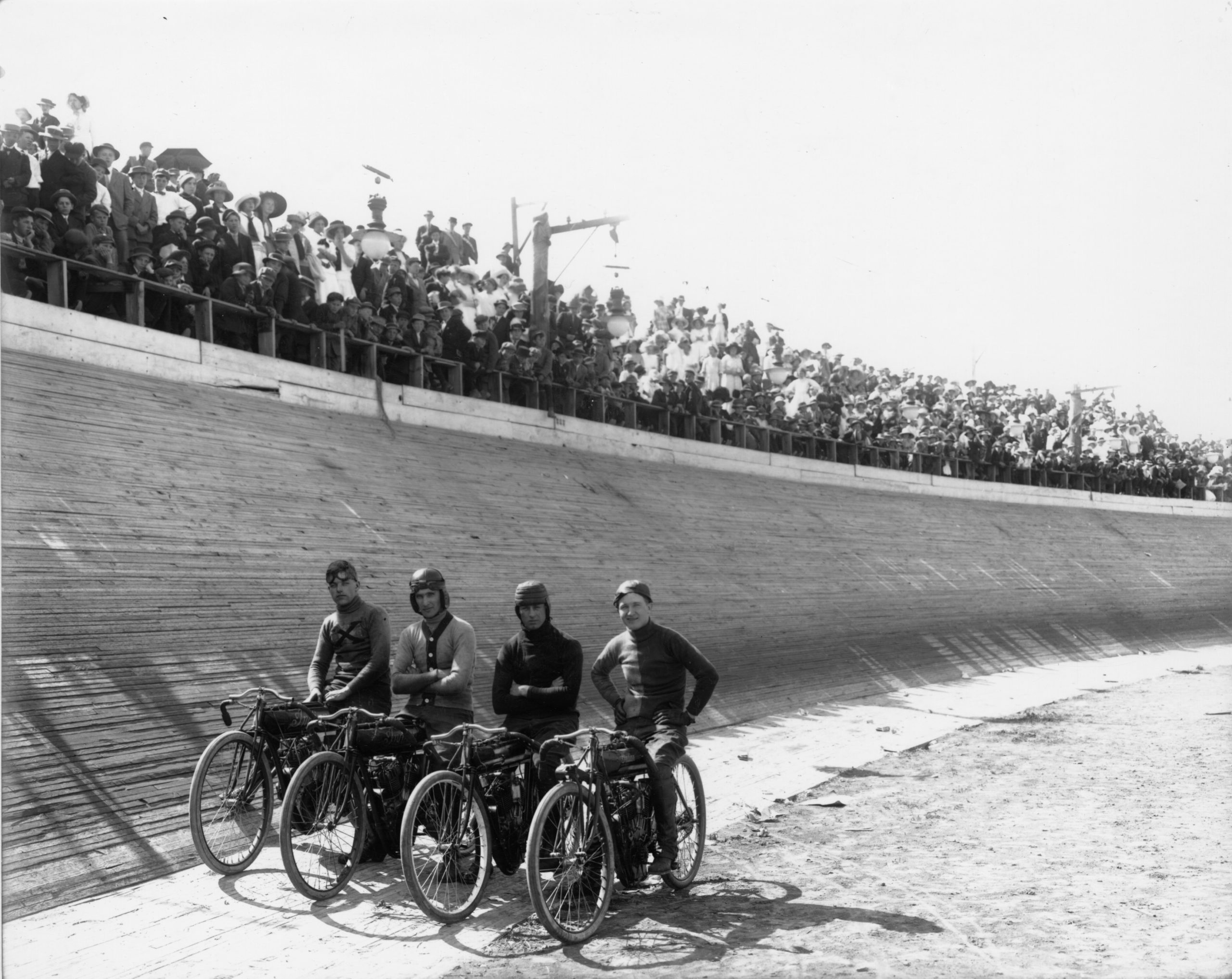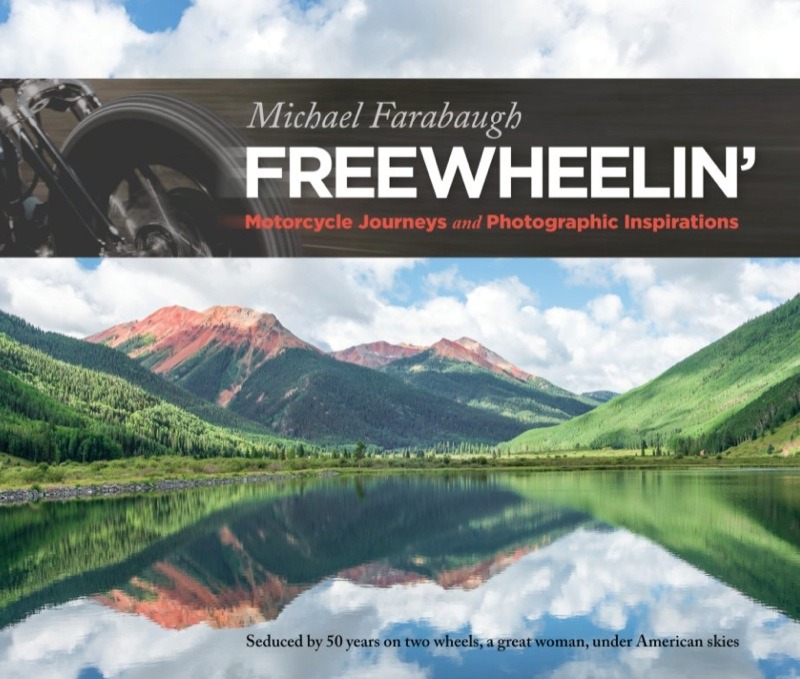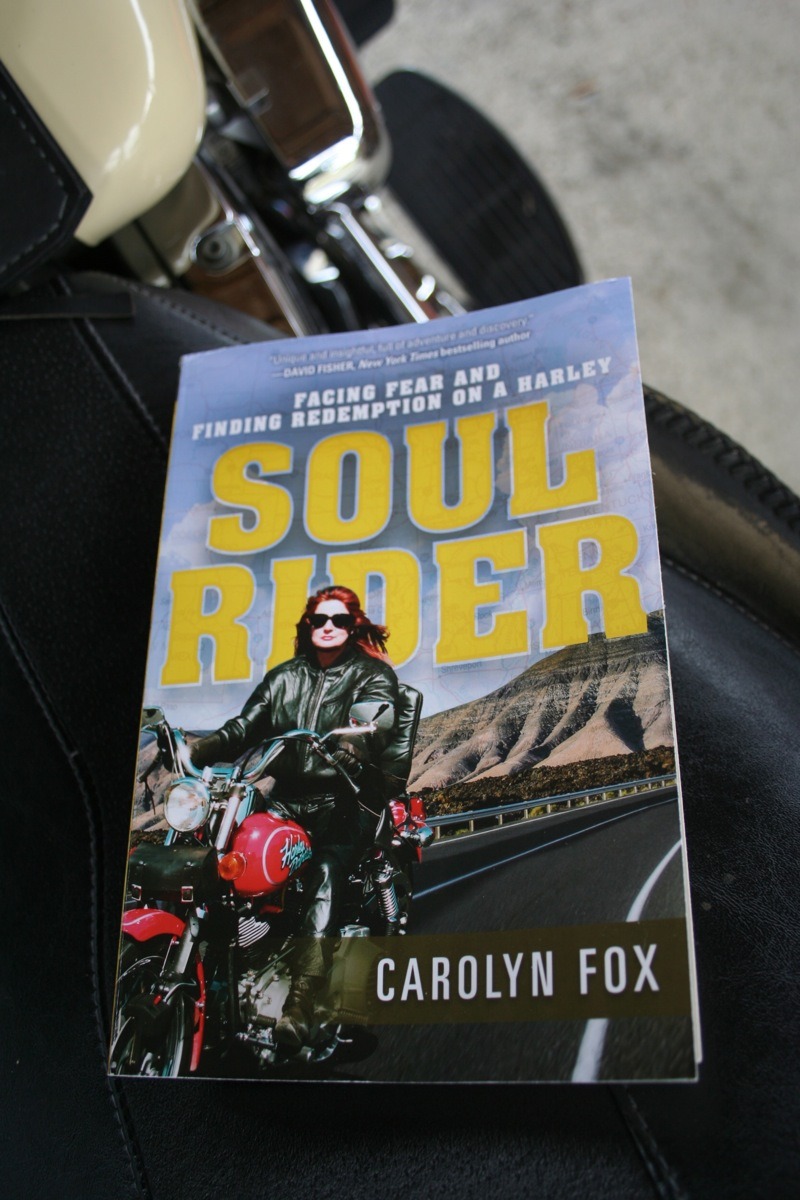A last ride through our fathers’ america
By John J. Newkirk
Thomas Nelson, Inc., $24.99, 382 pages
1939 was an important year in American history. The United States was coming out of the Great Depression that had begun 10 years before. The economy was picking up and Hollywood produced some classics, including Gone with the Wind and The Wizard of Oz. The music of Glen Miller and Aaron Copeland was filling the airwaves. Not one, but two World’s Fairs were being held. The larger, on the East Coast, was billed as the “World of Tomorrow” and it was held in New York City. The other fair, on the West Coast, was tagged the “Golden Gate International Exposition” and took place in San Francisco. It was also the year that 19-year-old Jack Newkirk bought a 1930 Harley-Davidson VL No. 30V8229C, with 35,000 miles on the odometer, for $40. His plan was to ride the bike from New York to California to see both fairs.
With $60 in his pocket, Jack gathered the tools, clothes and bedding he would need to make the 5,000-mile trip. He bought a 1939 State Farm Road Atlas from a used bookstore for a quarter. This would serve as his guide while on the road. Gas at the time was 18 cents a gallon, and he would need 100 gallons and four gallons of SAE 70 oil. The total for fluids would be about $20. His direct route home would cost another $15, and $20 was allotted for food for his six-week trip. Five dollars was left for unplanned expenses. Some work was needed on the bike before he hit the road. A friend, Dick Hill, advised him against the trip out west. He didn’t think the bike would make it and referred to it as a “raspberry”—the Bronx cheer. This made young Jack even more determined to complete the journey.
Starting in his hometown of Schenectady, New York, on June 22, 1939, Jack rode the short distance to New York to see the first World’s Fair. After spending a day there, he headed west through Virginia, West Virginia, Ohio, Indiana, Illinois, Iowa and Minnesota. By the time he made it to South Dakota, he had experienced several mechanical problems with the bike—loose breaker points, split valve stem, chain guard rattling off, and a gas tank leak. He made all the necessary repairs along the way. While crossing the Badlands, his chain broke and the bike was running rough. He decided to stop at the Harley dealer in Rapid City but not before he took the time to stop for free ice water at the Wall Drugstore. The H-D dealer wanted $11.50 to replace the entire timing assembly. Jack refused this fix and headed to the little town of Sturgis. There he happened upon a motorcycle shop run by Pappy Hoel. Pappy told him he needed new points. He also admired his spirit to take this trip and invited him to stop on his way home the second week of August. They would be holding a rally in the town; the second one. Jack promised to return.
Jack bought the new points in Cody, Wyoming, but the dealer thought the main shaft bearing needed to be replaced at a cost of $15. He continued on without the repairs and in Butte, Montana, he discovered three of the four motor mount bolts had vibrated off. Replacing the bolts and the new points made the bike run like a top. He made it to San Francisco on July 20, 1939, four weeks after he started his trip. He sent a postcard to Dick Hill advising him he and the bike had made it.
Heading home, Jack stopped in Portland, Oregon, to visit his cousin Walter Smith. Too proud to ask for money, he continued on to Moscow, Idaho, and paid a visit to his brother Horace. With two dollars left, he decided to sell his beloved bike for $100—$50 now and $10 a month until it was paid off. With the $50, he and his brother could drive Horace’s car back to New York. A year later, Horace repossessed the bike for non-payment of the remaining $50 and rode it home to New York and its rightful owner, Jack.
Jack’s son John Newkirk, the author of this book, retraced his father’s trip in reverse on his own 2003 Road King. He picked up the old man in Bozeman, Montana, and they rode two-up for 1,500 miles. Jack wanted to fulfill his promise to Pappy and see the rally in Sturgis. During the ride, father and son talked of their lives and the paths they had taken. World War II played a part in Jack’s life and the scars of war were deep. Jack had lost his cousin “Scarsdale” Jack Newkirk during the war. He was the squadron leader of the Flying Tigers, an AVG (American Volunteer Group) whose mission was to defend the 650-mile Burma Road; the main supply line to China. The death caused Jack to join the Navy, and he sold the Harley VL to finance his airfare to California where he was to report for duty.
The Old Man and the Harley is more than one man’s ride across America. It is a look at America through the rider’s eyes at the strengths, challenges, and sacrifices of the people who live there. Like the back of the book says, it is part adventure, part history and all American.

















